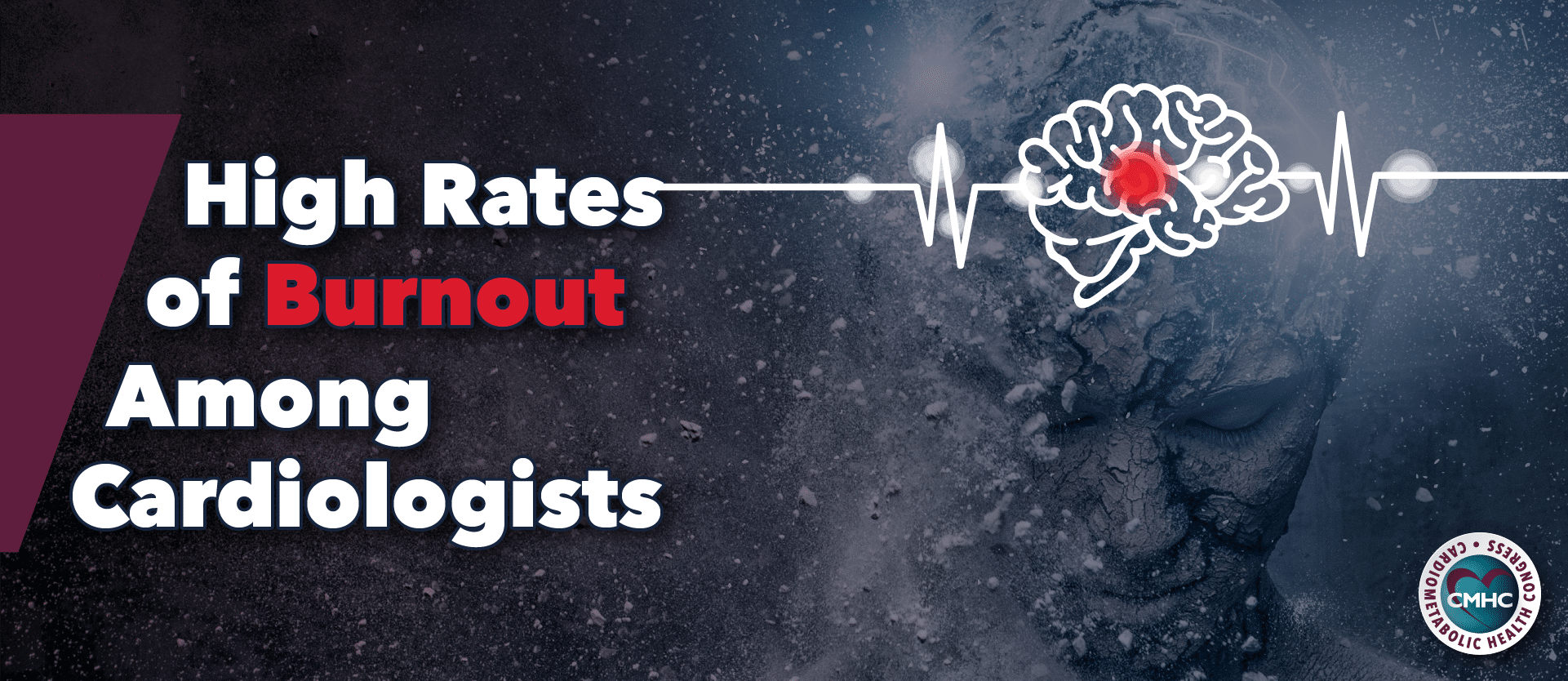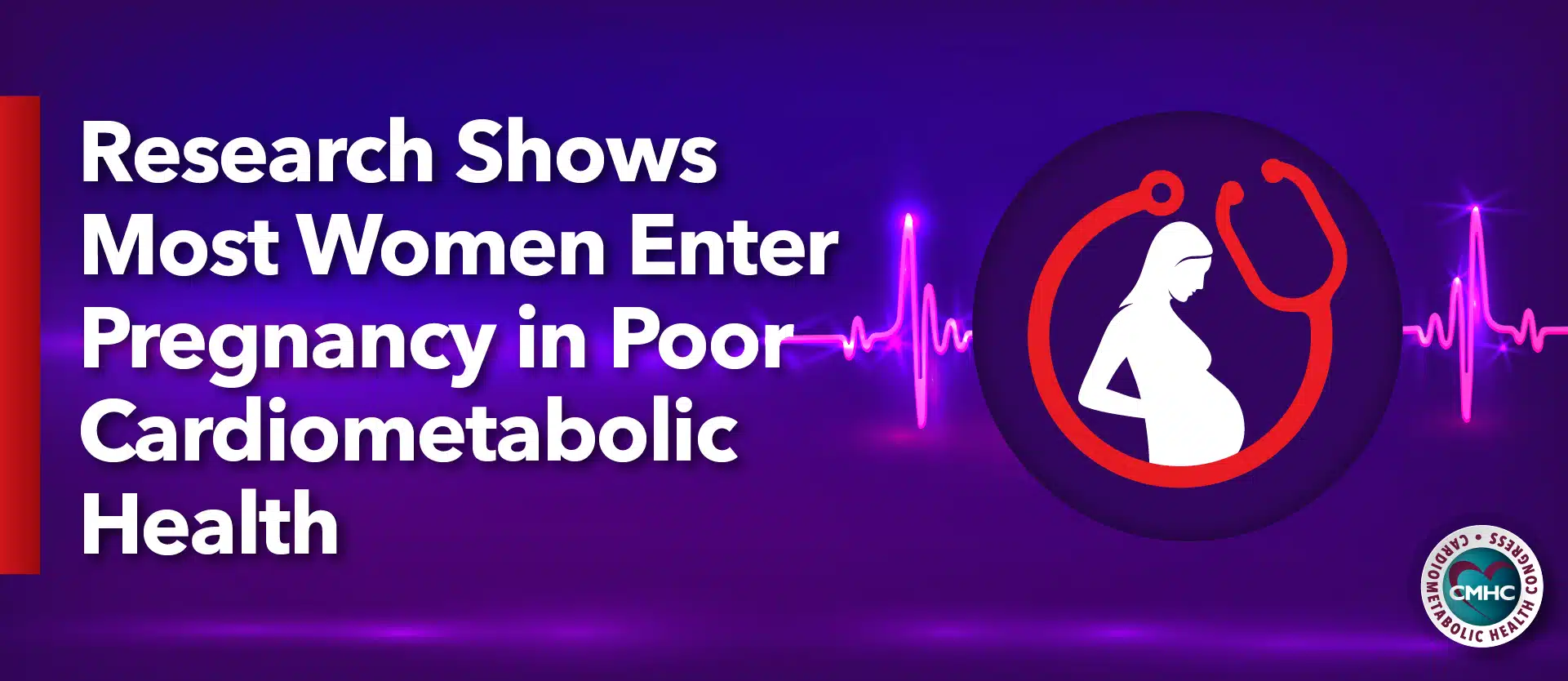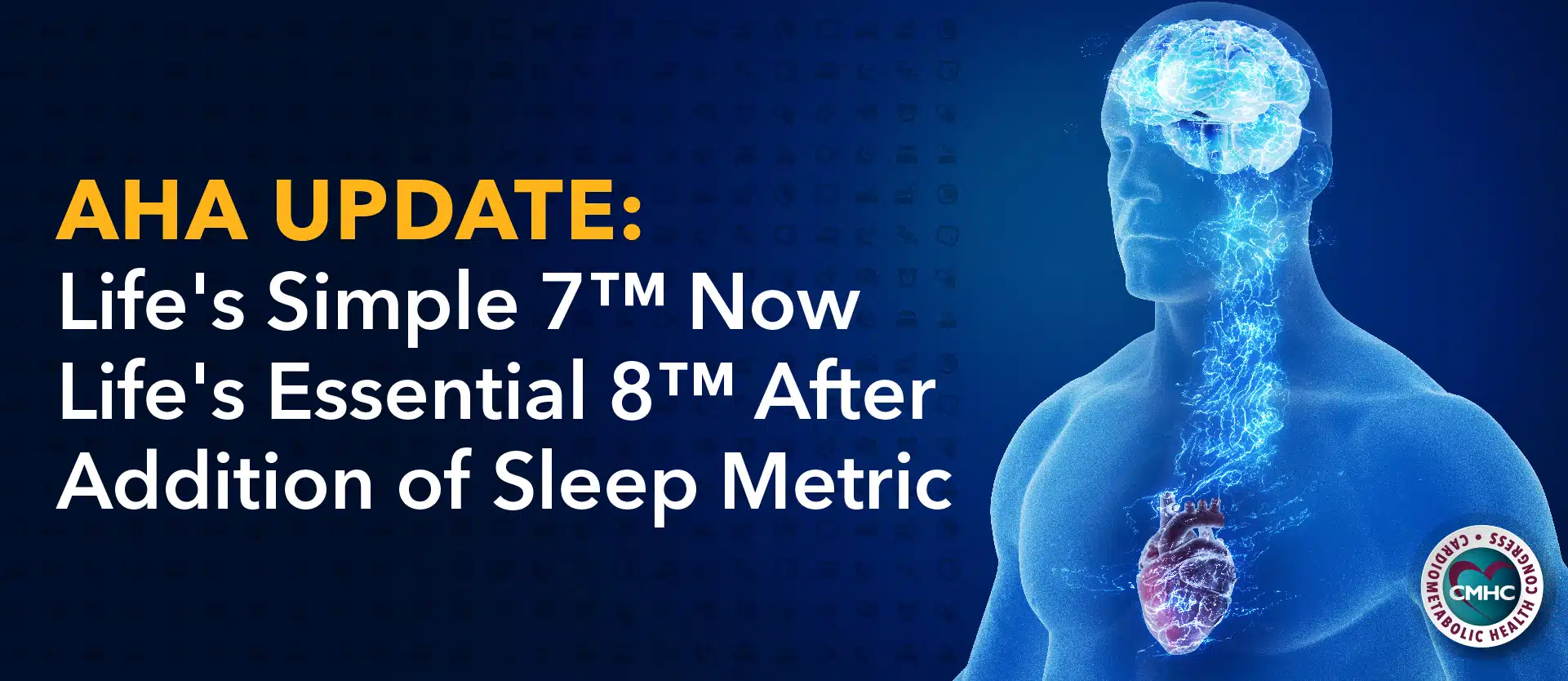The state of physical and mental exhaustion associated with overworking, commonly known as burnout, is at the forefront of concern among the healthcare community. Nearly half of all practicing physicians in the United States report feeling burned out; in cardiology that number is roughly the same. Physician burnout has a negative impact not only on healthcare practitioners themselves, but also on patient care, workplace productivity, and job retention, often leading to increased costs related to recruiting and replacing burnout employees.
The current healthcare environment places emphasis on accomplishing the triple aim – improving population health, and enhancing patient experience while reducing overall costs. As rates of overworked and unsatisfied physicians grow, many are calling for the modification of healthcare goals to include a fourth element: clinician well being. Medical institutions nationwide are beginning to recognize the gravity of burnout and are increasingly adopting the quadruple aim approach into new strategic plans in order to mitigate the negative impact of burnout affecting healthcare providers.
However, recent reports from the American College of Cardiology (ACC) and Medscape indicate cause for immediate concern as present statistics reveal a significant portion of the cardiologist population is experiencing burnout or burnout-indicative symptoms.
Burnout and Career Satisfaction Among U.S. Cardiologists
In its third decennial Professional Life Survey, the American College of Cardiology reported on the professional and personal satisfaction of 2,313 cardiologists. Published in the Journal of the American College of Cardiology, the survey revealed that 27% of U.S. cardiologists report being burned out while another 49.5% disclose being under stress and having less energy. Levels of burnout appear to peak among mid-career cardiologists – with 8 to 21 years of practice experience – at 39% compared to fellows in training (10%), early-career (23%), and late-career cardiologists (28%).
The survey reveals the toll of burnout on career satisfaction. Participants reporting burnout were more likely to report feeling less satisfied with achieving professional goals, their level of advancement, and financial compensation. Additionally, burnt out cardiologists were less likely to recommend cardiology as a career compared to those without burnout (44% versus 20%). In general, women reported burnout more frequently than men at 31% and 24% respectively.
The ACC survey findings reveal the urgent need for increased and improved efforts to mitigate physician burnout syndrome specialty-wide. A more in-depth analysis of the Professional Life Survey results is expected later this year.
Cardiologist Lifestyle, Happiness, and Burnout Report 2019
In Medscape’s annual report evaluating career and personal life satisfaction of over 15,000 physicians, cardiologists reported record rates of burnout. Only 27% of cardiologists responded that they were very or extremely happy at work, while 47% reported being happy outside of work – one of the lower scores compared to other specialty physicians. Overall, the percentage of burned-out cardiologists equaled the amount of burned-out physicians as a whole at 44%.
The impact on mental health is significant, with 11% of participants reporting colloquial depression, 4% clinical depression, and 11% of cardiologists admitting to having felt suicidal. Despite this, the majority does not seek help however, cardiologists were found to be more likely to utilize positive coping mechanisms. Listening to music and talking to family and friends were among the chief coping methods reported, although nearly half of respondents chose exercise as their primary technique.
More than half of surveyed cardiologists deny believing their mental state has an impact on patient interactions; those who do admit burnout may affect patient treatment cite the possibility of being less careful when taking notes and feeling more exasperated when dealing with patients. The effects are not limited to patient interactions and can translate to workplace behavior, as 48% report being more easily exasperated with staff or peers, and 36% admitting to expressing frustration in front of staff or their peers.
For all of the findings in Medscape’s report, neither cardiovascular sub-specialty nor practice setting had an impact on burnout or the associated repercussions.
Factors Contributing to Cardiologist Burnout
While many factors can contribute to burnout among physicians, a few have been singled out by both the Professional Life Survey and Medscape’s report. One of the main drivers of burnout (57%) was the transition to electronic medical records (EMRs), which contributes to 2 additional hours of desk and EMR work as well as 1 to 2 hours of computer work at night, for every 1 hour of time directly spent with patients.
Both the ACC survey and Medscape report highlight bureaucratic burden as one of the major causes of physician burnout. Medscape’s findings reveal 68% of cardiologists report too many bureaucratic tasks as the cause of their burnout, while 72% of ACC survey responders cite documentation time pressures and 57% report increased EMR use at home. According to Medscape, 40% of cardiologists think the increasing computerization of practice contributes to burnout. Other reported factors associated with higher rates of burnout include: no control over workload, a hectic work environment, family responsibilities hindering professional work, and a lack of respect from administrators, employers, colleagues, or staff.
Prevention and management of the condition is difficult, especially in a high stress, high pressure environment requiring long hours. Symptoms of burnout may be subtle at first, such as increased fatigue, lowered immunity, headaches, and changes in sleep habits – all of which are often attributed to simply being tired. As the onset of burnout is a gradual process, healthcare professionals should be advised to monitor their symptoms and address early signs to mitigate potentially detrimental outcomes.
A multifactorial approach to combating burnout syndrome is necessary, involving systemic changes, wellness programs, and on an individual level, physician self-evaluation and self-care. Efforts from several institutions including the American College of Cardiology are underway to address high burnout rates and improve overall clinician well being, although the process is arduous and results will be gradual.


















